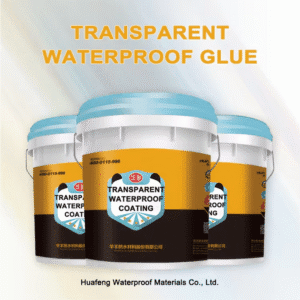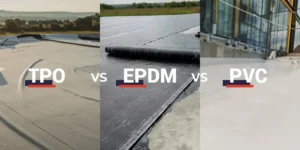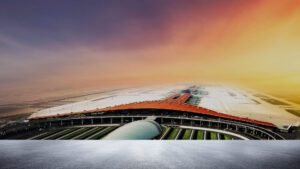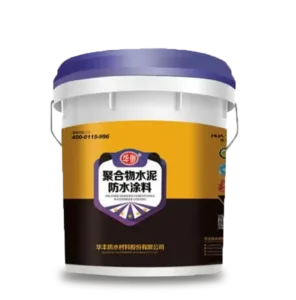In construction projects, expansion joints are critical structural components designed to accommodate deformation caused by temperature fluctuations, foundation settlement, and seismic activity. However, inadequate waterproofing can lead to leaks, compromising building durability and functionality. Effective waterproofing requires careful consideration of material selection, construction techniques, and maintenance. Below is a systematic overview of common methods and key considerations.
I. Main Causes of Expansion Joint Leakage
-
Material Aging/Degradation
-
Traditional materials (e.g., asphalt, standard sealants) deteriorate due to UV exposure, temperature changes, or chemical corrosion, leading to cracks.
-
-
Poor Construction Practices
-
Inadequate surface preparation, improper sealing material application, or weak adhesion can cause waterproofing layer failure.
-
-
Excessive Structural Movement
-
Building settlement or seismic activity may exceed joint design limits, tearing the waterproofing layer.
-
-
Faulty Drainage Design
-
Lack of drainage channels or pipes allows water accumulation, increasing seepage risk.
-
II. Waterproofing & Leak Prevention Methods
(1) Flexible Sealant Method
Best for: Small-movement joints (e.g., indoor floors, walls).
Material Selection:
-
Polyurethane Sealant – High elasticity, weather-resistant (ideal for large temperature variations).
-
Silicone Sealant – Superior UV resistance (recommended for outdoor exposure).
-
Water-Activated Swelling Strips – Expands upon water contact, sealing gaps automatically.
Construction Steps:
-
Surface Prep: Clean debris using a wire brush or high-pressure water jet.
-
Primer Application: Apply bonding primer to enhance adhesion.
-
Sealant Filling: Inject material fully, avoiding air pockets, and smooth the surface.
-
Curing Protection: Prevent rain or mechanical damage during curing.
(2) Multi-Layer Composite Waterproofing
Best for: High-demand applications (e.g., underground structures, bridges).
Structural Design:
-
Base Layer: Non-woven fabric buffer to reduce stress.
-
Middle Layer: Polymer membrane (PVC/TPO) with ≥10cm overlaps, hot-welded.
-
Surface Layer: Metal/rubber cover, mechanically fastened with expansion allowance.
Key Points:
-
Conduct water-tightness tests post-installation.
-
Ensure flexible anchoring to accommodate movement.
(3) Drainage-Diversion System
Best for: Joints where complete sealing is impractical (e.g., tunnels, reservoirs).
Implementation:
-
Embed PVC pipes to channel water to drainage systems.
-
Adopt a “seal externally, drain internally” approach with surface sealing and internal drainage pathways.
III. Critical Construction Considerations
-
Surface Preparation:
-
Remove oil, loose concrete, and polish surfaces if needed.
-
-
Environmental Adaptability:
-
Use low-temperature sealants in cold climates; apply interface agents on wet substrates.
-
-
Deformation Allowance:
-
Fill joints to 50–66% depth to permit movement.
-
-
Quality Control:
-
Post-grouting ultrasonic tests for compaction; water spray tests for sealant integrity.
-
IV. Common Problems & Solutions
| Issue | Cause | Solution |
|---|---|---|
| Sealant cracking | Low elasticity or excessive movement | Use high-elasticity sealants or add cushioning layers. |
| Recurring leaks | Incomplete grouting sealing water paths | Apply multi-angle oblique-hole grouting. |
| Rusted metal strips | Poor corrosion protection or weld defects | Switch to stainless/galvanized steel and coat welds with anti-rust paint. |
V. Conclusion
Expansion joint waterproofing requires a “flexible, site-specific approach” combining materials and techniques tailored to leakage causes. Strict adherence to construction standards, coupled with regular inspections and maintenance, ensures long-term leak prevention and structural integrity.
Contact Us
For more information or to inquire about our waterproof floor paint solutions, feel free to get in touch with us. We’re here to help!
- Phone: +86 138 6365 6701
- Email: Huafengwaterproof@gmail.com
- WhatsApp: +86 138 6365 6701
We look forward to assisting you with all your waterproofing needs!






